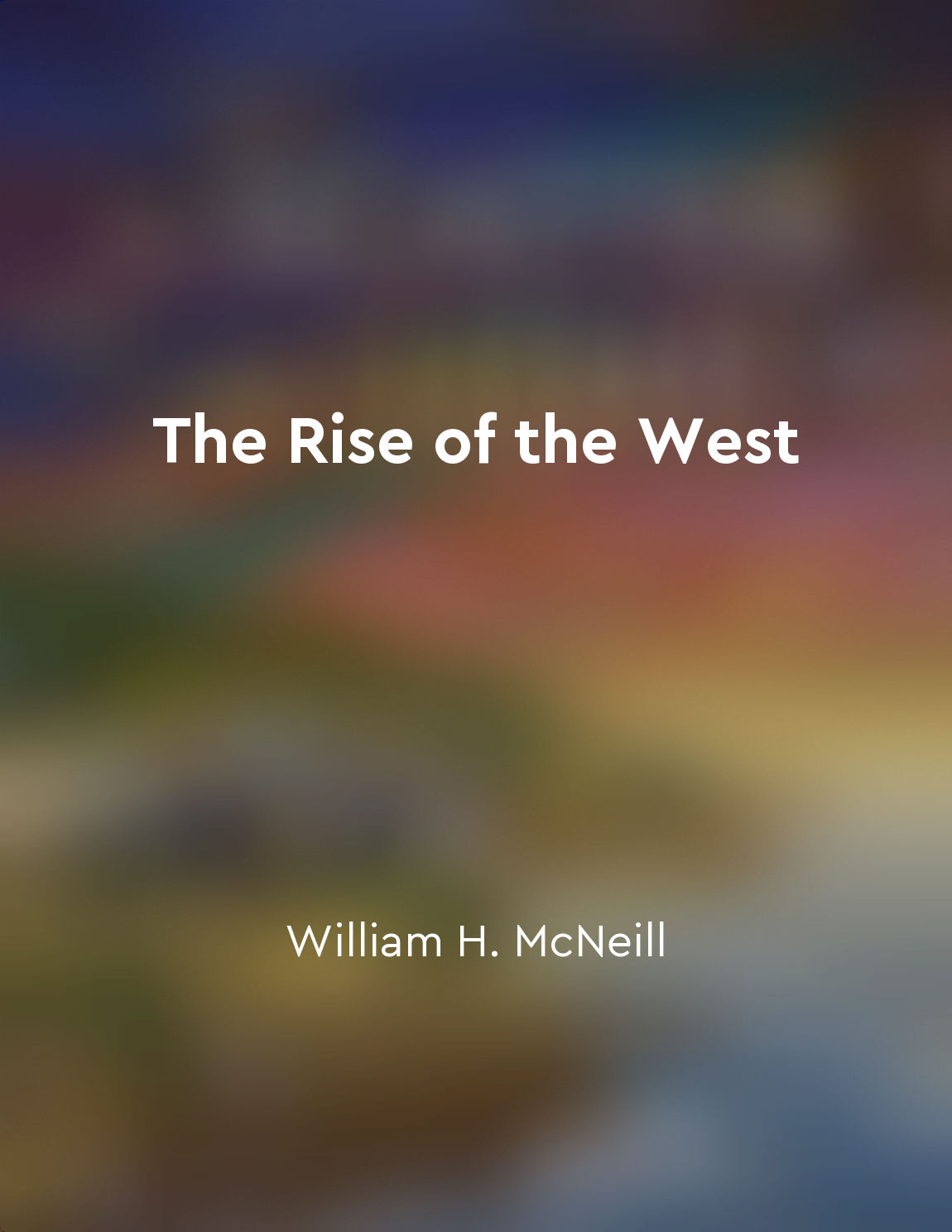Trade and agriculture were vital aspects of Vedic society from "summary" of The Ancient History of India, Vedic Period by K. C. Singhal,Roshan Gupta
Trade and agriculture played crucial roles in the development of Vedic society. The Vedic people were primarily pastoralists and agriculturists, relying on cattle rearing and cultivation of crops for their sustenance. Agriculture was the backbone of the economy during this period, with the Vedic people cultivating a variety of crops such as barley, wheat, rice, pulses, and vegetables. The surplus agricultural produce was traded with neighboring tribes and communities, establishing a system of exchange and commerce. Trade was not only limited to agricultural products but also extended to other goods such as pottery, metal tools, and textiles. The Vedic people engaged in long-distance trade with regions like Mesopotamia, Central Asia, and the Middle East, facilitating the exchange of goods and ideas. This trade network helped in the diffusion of technologies, beliefs, and cultural practices, enriching the Vedic society. The rivers, especially the Indus and Saraswati, played a crucial role in facilitating trade and commerce, providing a means of transportation for goods and people. The Vedic texts, particularly the Rigveda, mention the presence of merchants and traders who played an essential role in the economy. The society was stratified based on occupation, with merchants and traders forming a distinct social class. They were responsible for the exchange of goods, negotiating prices, and facilitating trade relations with distant lands. The prevalence of trade routes and market centers indicates the importance of commerce in Vedic society. The development of trade and agriculture in Vedic society led to the emergence of urban centers and settlements. These urban centers served as hubs for economic activities, administrative functions, and cultural exchange. The presence of markets, workshops, and storage facilities in these urban centers highlights the significance of trade in the societal structure. The Vedic people were not only self-sufficient in agriculture but also engaged in trade to acquire goods that were not locally available.- Trade and agriculture were integral components of Vedic society, shaping its economy, culture, and social structure. The Vedic people's reliance on agriculture for sustenance and trade for acquiring goods highlights the interconnectedness of these aspects in their daily lives. This emphasis on trade and agriculture contributed to the overall growth and prosperity of Vedic society, laying the foundation for future developments in ancient India.
Similar Posts
Social norms regulate behavior within societies
Social norms are unwritten rules that govern behavior within societies. These norms dictate what is considered acceptable or un...
Hinduism, Buddhism, Jainism, and Sikhism are major religions of India
These four religions have played a significant role in shaping the religious landscape of India. Hinduism, the oldest of the re...
Collaboration is necessary for addressing global challenges
In the grand story of humanity, collaboration has been the key to solving the most pressing global challenges. From the earlies...
Globalization connected economies and cultures
Globalization is the process by which various economies and cultures around the world become interconnected. This phenomenon ha...
Sustainable development requires rethinking energy consumption patterns
To achieve sustainable development, we must reconsider how we consume energy. Throughout history, human societies have adapted ...

Disease outbreaks impact population growth
The occurrence of disease outbreaks has had a significant impact on the growth of populations throughout history. When diseases...
Explore the evolution of art and culture across different regions
The history of art and culture is a tapestry woven with threads of creativity, innovation, and tradition. As we journey through...
The reign of Kingdoms marked the later Vedic Period
The later Vedic Period is distinguished by the emergence of kingdoms in ancient India. This period saw the rise of powerful pol...
Globalization revived interest in the Silk Roads
The increased interconnectedness and interdependence of nations and peoples around the world have brought about a renewed fasci...
Societies develop differently based on environmental factors
The diverse trajectories of human societies can be traced back to the influence of environmental factors. The environments in w...

